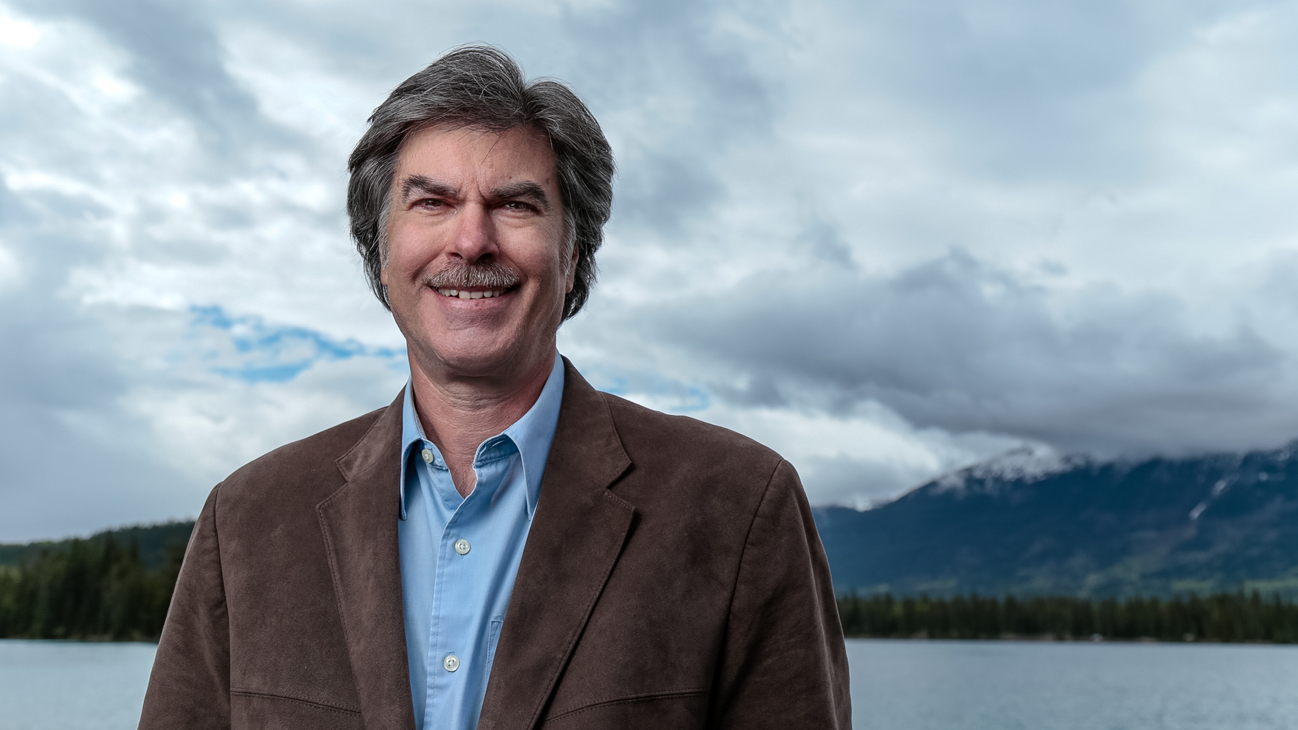From Fortune 500s to non-profits, Jim Bottomley has advised organizations across sectors as they set about charting a path for the future. Providing insight into how social, economic, and demographic trends are shaping the years ahead, Bottomley’s presentations combine humour, high-energy, and practical examples to leverage future changes for success. Below, Jim writes about the importance of “creating a culture of thanks” all year round:
This is the season for giving thanks. A time when employers recognize employees for the good work they do. But should this thankful thinking be more of a focus all year long? Here, I make the case that effective leaders are becoming more focused on being thankful year-round. Across sectors we are learning that creating a culture of thanks pays dividends.
Baby boomer leaders cut their teeth on leadership during the Industrial Age. This era was all about hierarchies and layers of management, with those at higher levels mandated to make decisions and those at lower levels expected to follow orders without question. Today, as we enter the Innovation Age, leadership styles are changing.
Over the years performing consulting work, I’ve read many employee climate surveys, polling workers on their likes/dislikes and obtaining their suggestions for improvement. Irrespective of the sector, the number one complaint can be summed up something like this: 99% of the time I do a great job and never hear from my boss. The one time I screw up; they are all over me. That approach is soul-sucking. Human beings strive for validation. We respond better when positive feedback leads and constructive advice follows. The Industrial Age focus on fixing the problem, spending 80% of the time fighting fires, is not only soul destroying to the culture, but less productive than the alternatives.
In the businesses I own we strive to create a culture of thanks. Looking for work well done and thanking those that do it well. Instead of getting in the face of someone who has made a mistake, I try to thank those who rallied to help achieve customer satisfaction. Because that’s what it is all about; satisfying customer needs.
Humans are walking need bundles. Meeting specific needs is the mandate of any work done by anyone, anywhere. So a major part of creating a culture of thanks is to identify the needs your team is meeting and measure how well you meet them. Improvement should bring thanks.
In the entrepreneurship training business that I previously owned, we would measure client satisfaction on a five-point scale for every seminar delivered. I would get a daily report outlining, for example, that the marketing trainer received an average 4.2 of 5 score for their seminar the night before, edging above their overall average score of 4.0 for all seminars delivered. This result would warrant a communication from me, expressing thanks and encouragement, with a focus on collaborating to identify lessons learned to improve future satisfaction. Instead of getting in the face of a trainer who scored lower, I would match them up with the high achiever so that she/he could learn how to improve. And it works. Scores go up.
In every business where I have observed this done, it works. A team that measures customer satisfaction. focuses on sharing how to provide better benefits, and thanks each other for good results, succeeds.
I saw this with a major North American car manufacturer. At first, management confronted the dealers who had poor customer feedback (fight the fire, lick the problem) and had marginal improvement… but then turned to showcasing the high performers and learning from their good work. Customer satisfaction scores improved dramatically.
All it takes is to look at the attitudes of young millennials entering the workplace to know that creating a culture of thanks is the future.
But that, my friends, is a topic for another blog.
‘Tis the season to give thanks. But don’t forget the benefits to effective leadership, and the improvements to morale and productivity, that will come by extending thanks into the new year.
Jim Bottomley/December, 2015

